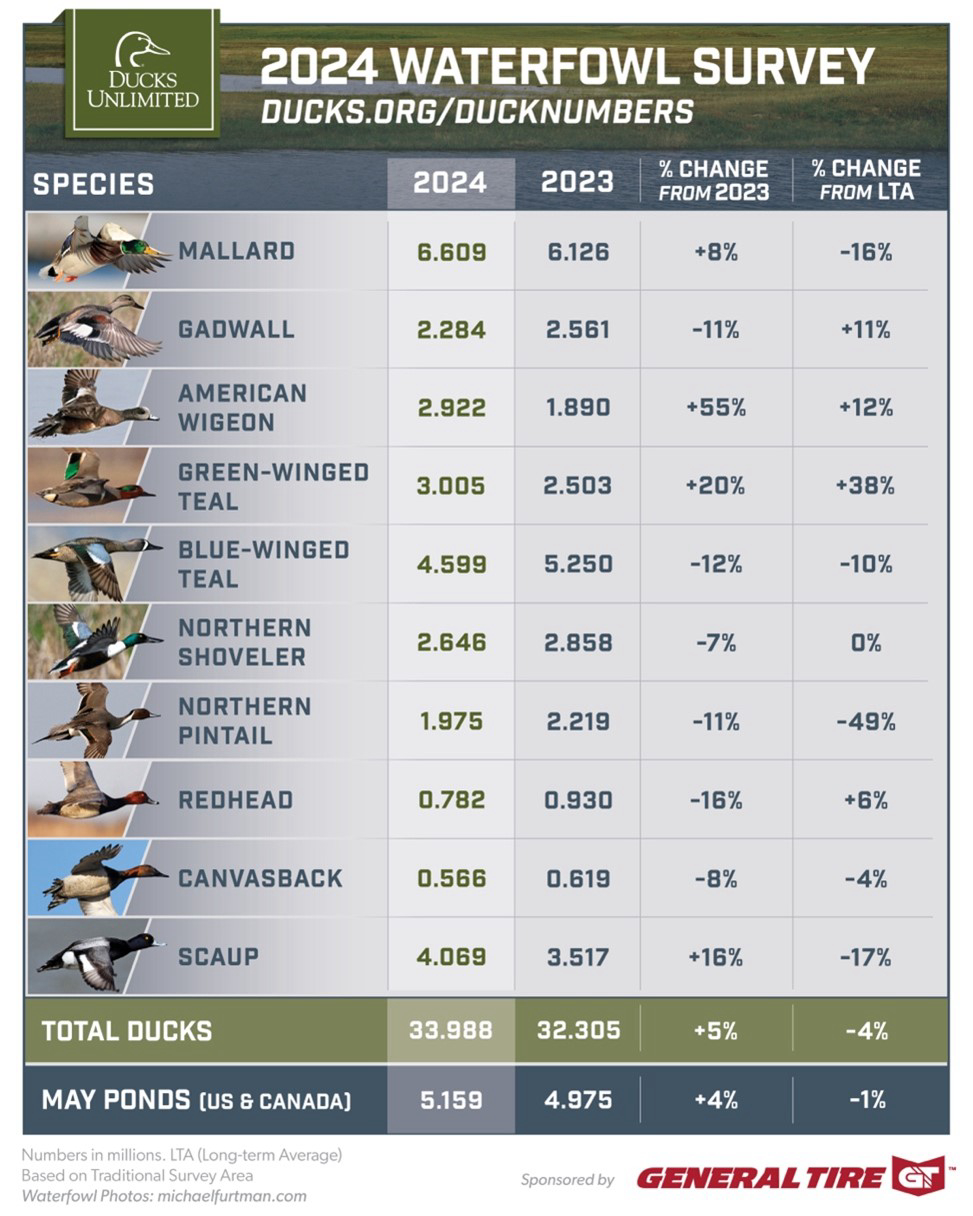Eastern Massasauga Rattlesnake Listed as Threatened by USFWS

The U.S. Fish and Wildlife Service announced Thursday that it has listed the eastern massasauga rattlesnake as a threatened species under the federal Endangered Species Act, stating that nearly 40 percent of the snake’s historical populations are now extirpated (no longer exist) and an additional 15 percent is of uncertain status.
The final rule listing the eastern massasauga appears in the Sept. 30, 2016, Federal Register and has an effective date of Oct. 31, 2016.
Under the Endangered Species Act, threatened species are considered plants and animals that may become endangered in the foreseeable future. Across the eastern massasauga rattlesnake’s range, nearly 40 percent of the species’ population has declined. Habitat loss is considered the primary threat driving the snakes’ decline; however, as their numbers decline, other threats such as direct mortality or collection play a more significant role.
Eastern massasaugas currently are found in scattered locations in Illinois, Indiana, Iowa, Michigan, New York, Ohio, Pennsylvania, Wisconsin and Ontario, Canada. In Michigan, the eastern massasauga (the state’s only venomous snake) currently is state-listed as a species of special concern, but will be protected under Michigan’s Endangered Species Protection law once it is federally listed.
Most massasaugas are located within the southern portion of Michigan, with none occurring on the Upper Peninsula’s mainland.
“Conservation of this rare snake is critical because it plays an important role as a predator of small mammals,” said Dan Kennedy, Michigan Department of Natural Resources endangered species specialist. “The DNR is currently working with the U.S. Fish and Wildlife Service and many other partners to develop a reasonable approach to conserve this rare snake in Michigan.”
These snakes live in wet prairies, marshes and low-lying areas along rivers and lakes, and may also live in uplands during part of the year. They often hibernate in crayfish burrows, but they also may be found under logs and tree roots or in small mammal burrows.
Those who live in areas with massasaugas can take steps to keep the snakes away from their yard, such as keeping their grass cut short and removing structures like leaf and brush piles, dead logs and stacks of firewood that snakes or their prey (primarily small rodents) might use.
Kennedy emphasized that “human safety comes first, and the federal Endangered Species Act allows anyone to take action to protect yourself or others if you feel threatened.”
The massasauga is a small snake with a thick body, heart-shaped head and vertical pupils. The average length of an adult is about 2 feet. The snake’s tail has several dark brown rings and is tipped by gray-yellow rattles. They eat small rodents such as mice and voles, and will sometimes eat frogs and other snakes. They are docile, secretive snakes that will try to escape rather than defend themselves or fight. For more information on this snake and many others, see the “60-Second Snakes” video series on the DNR’s YouTube channel at www.youtube.com/michigandnr.
For more information about the eastern massasauga and the U.S. Fish and Wildlife Service’s final rule to list the snake under the Endangered Species Act, visit www.fws.gov/midwest/endangered/reptiles/eama.






